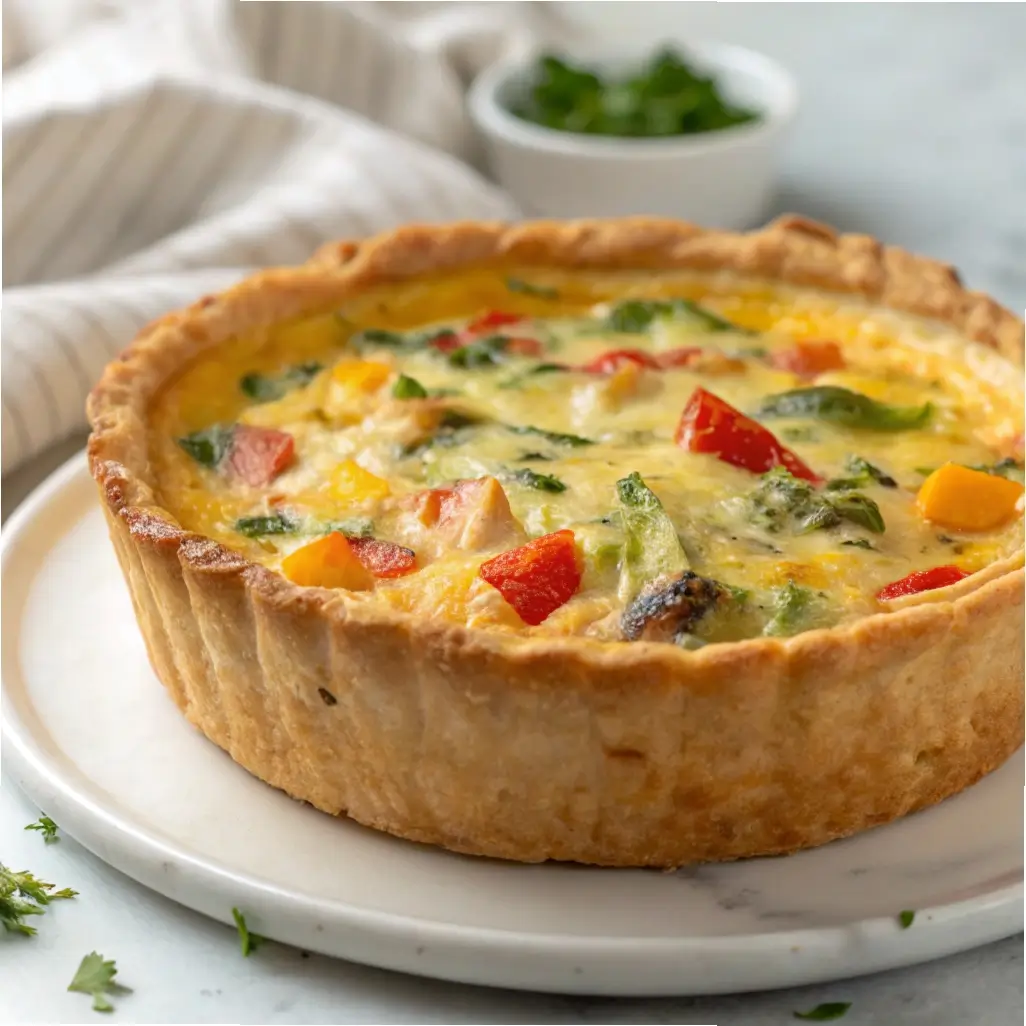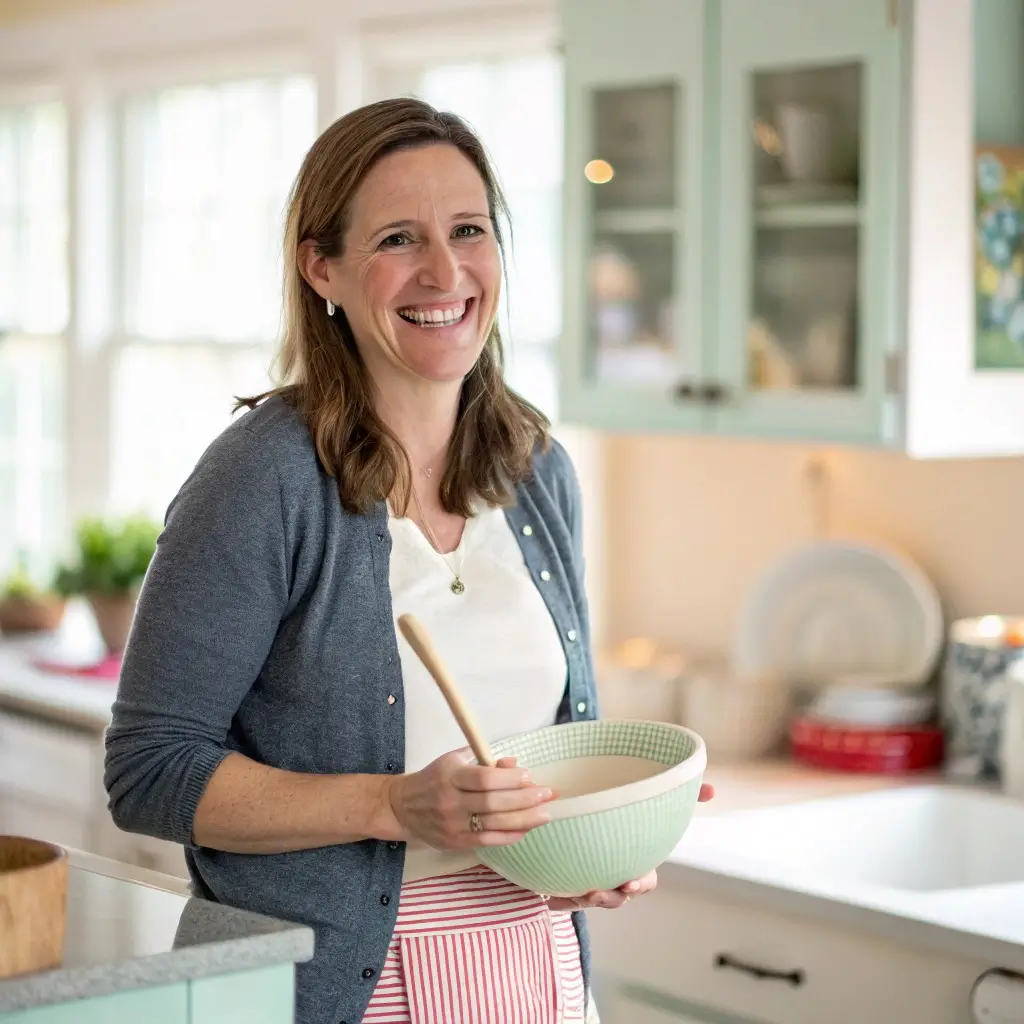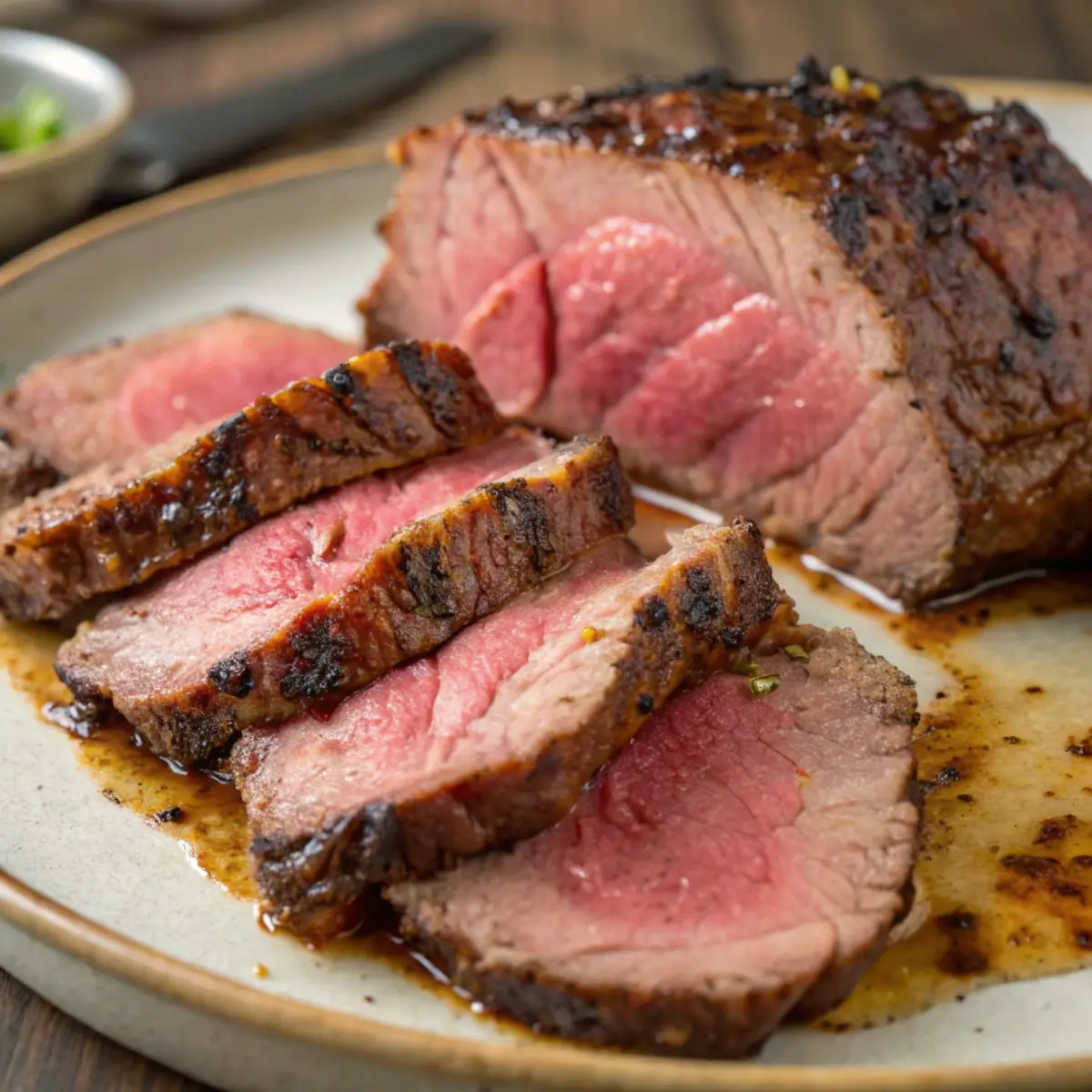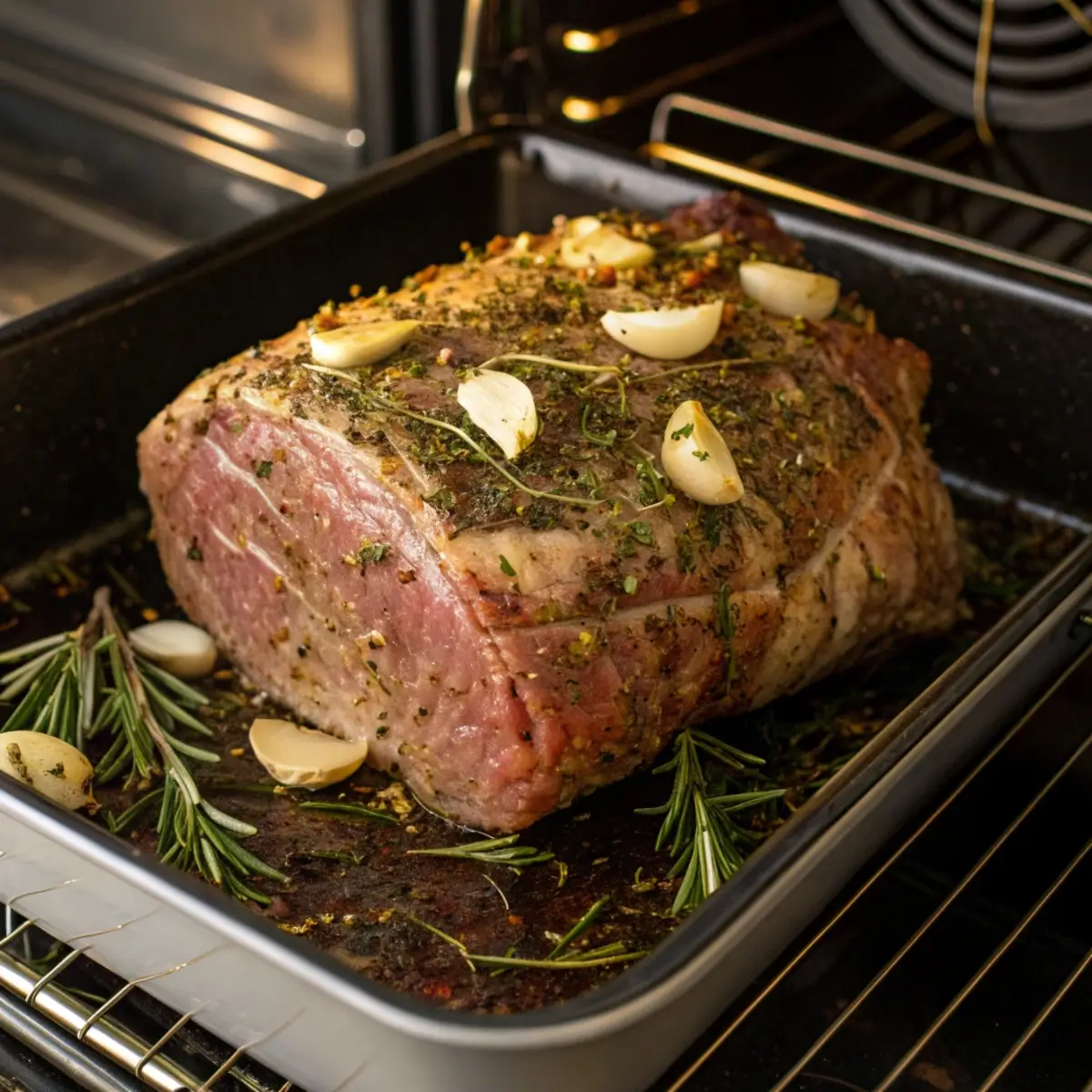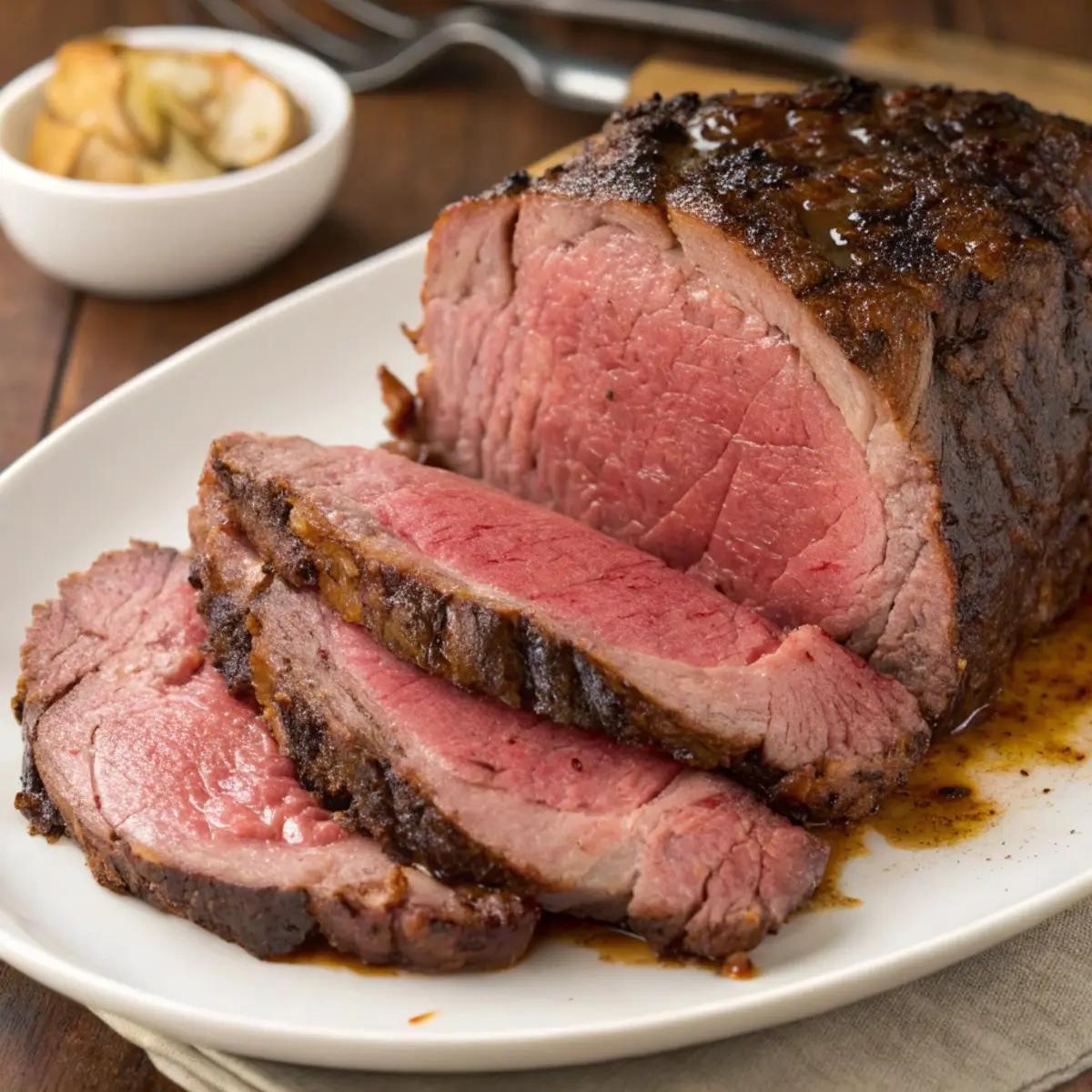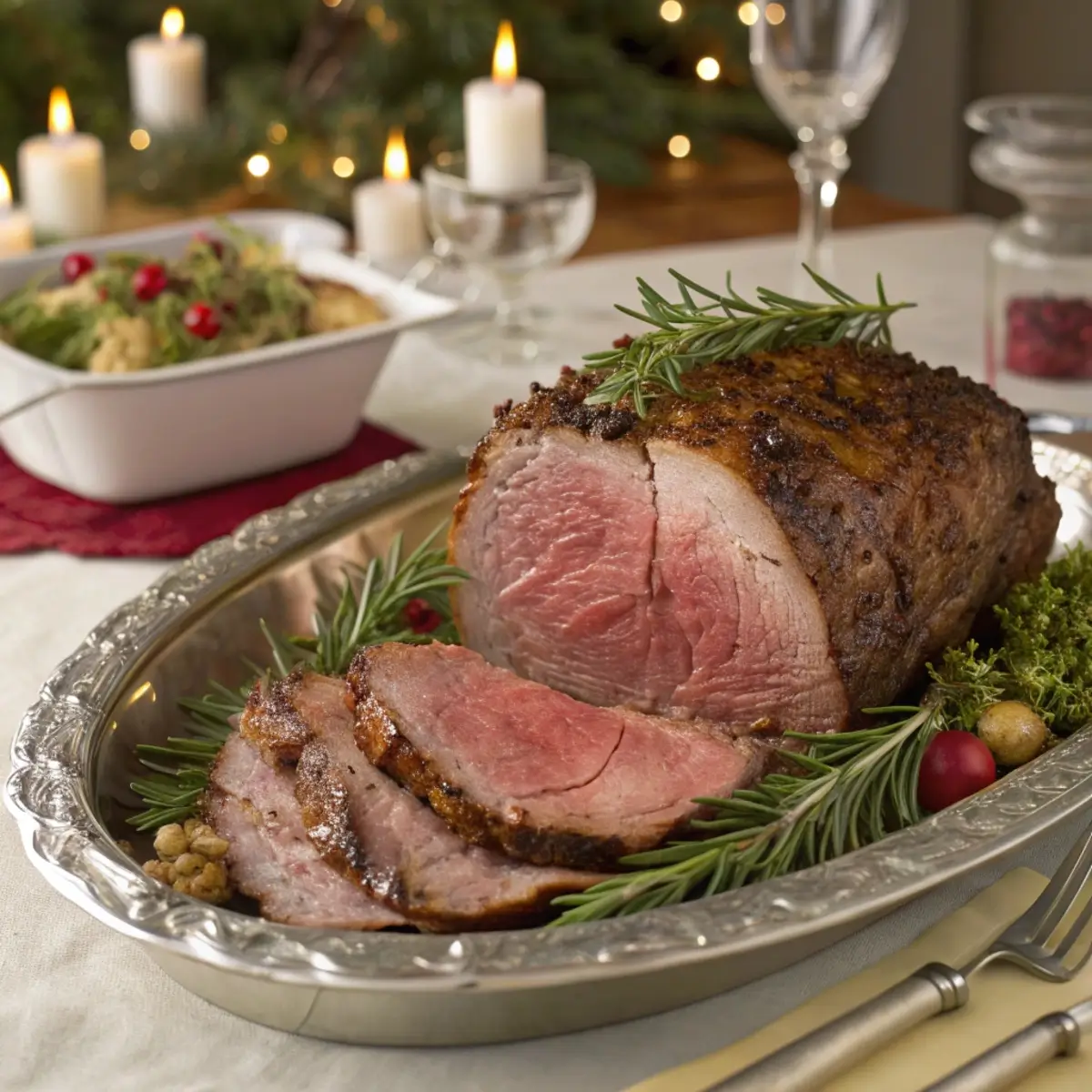Table of Contents
- 1 Why Use Sourdough Discard in Crust?
- 2 Ingredients & Notes
- 3 Step‑by‑Step Instructions
- 4 Sample Quiche Filling Suggestion
- 5 Tips for a Flaky, Non‑Soggy Crust
- 6 Flavor Variations & Twists
- 7 Serving Ideas & Pairings
- 8 Storage, Reheating & Make‑Ahead
- 9 Troubleshooting Common Issues
- 10 Frequently Asked Questions
- 11 Final Thoughts
Quiche is one of those ultimate comfort brunch dishes — custardy eggs, cheese, vegetables, sometimes meat — all encased in a buttery, flaky crust. What if you could make the crust partly using sourdough discard, turning otherwise wasted starter into a delicious structural backbone? That’s exactly what this sourdough discard quiche crust does. It gives you a crust with more flavor, added moisture, and a subtle tang, while retaining flakiness and performance.
In this article, you’ll get:
-
Ingredient breakdown and tips
-
Step‑by‑step instructions for making the crust and assembling a full quiche
-
Tips for getting crispness and preventing soggy bottoms
-
Flavor variations and ideas
-
Serving and pairing suggestions
-
Storage and reheating advice
-
Troubleshooting common issues
-
Frequently asked questions
Let’s get rolling (or pressing!) and build that savory masterpiece.
Why Use Sourdough Discard in Crust?
Here are a few reasons to incorporate discard into a quiche crust:
-
It adds moisture and tenderness so the crust is less brittle.
-
The mild tang from discard complements savory fillings (e.g. spinach, cheese, herbs).
-
You put discard to practical use instead of discarding it.
-
You maintain a balance between flavor and performance — the crust still needs to hold up to custard, so we only replace part of the traditional fat or liquid.
Because quiche crust must handle liquid custard, you’ll need a carefully balanced recipe that includes discard without sacrificing structure.
Ingredients & Notes
Here’s a good set of ingredients for one 9‑inch quiche or tart:
| Ingredient | Amount | Role / Notes |
|---|---|---|
| All-purpose flour | 1 ⅓ cups (≈ 167 g) | Main structure of crust |
| Sourdough discard (unfed) | ¼ cup (≈ 60 g) | Adds moisture, flavor, subtle tang |
| Cold butter (or non-dairy butter) | 4 tablespoons (≈ 56 g), cold and cubed | Provides flakiness |
| Salt | ½ teaspoon | Seasoning |
| Egg yolk | 1 large | Helps bind and enrich crust |
| Ice cold water | 2 to 4 tablespoons | Helps bring dough together, use minimally |
| Optional: melted butter or oil for brushing | 1 tablespoon | Brushing to help crisp bottom or edges |
Notes & Tips
-
Keep butter cold — this ensures a flaky crust.
-
Use ice water and add gradually — you want just enough to bind the dough.
-
The discard replaces part of the liquid content; you may need slightly less water.
-
If making a vegan or dairy-free crust, use cold non-dairy butter substitute and adjust moisture.
Step‑by‑Step Instructions
1. Prepare and Chill Ingredients
-
Cut the cold butter into small cubes, keep chilled.
-
Have the sourdough discard, flour, salt, egg yolk ready.
-
Keep water ice-cold.
2. Mix Dry + Butter
-
In a bowl, whisk together flour and salt.
-
Add the butter cubes. Using a pastry cutter or your fingertips, cut the butter into the flour until you get pea-to-lentil sized pieces. You want visible bits of butter for flakiness.
3. Incorporate Discard & Egg Yolk
-
In a small bowl, combine the sourdough discard and the egg yolk.
-
Add this mixture to the flour/butter mixture. Stir gently, combining until coarse pieces form.
4. Add Ice Water Carefully
-
Add ice water one tablespoon at a time, mixing gently, until the dough just comes together (i.e. it holds shape when pressed). Avoid overwatering.
-
It’s better for the dough to be slightly crumbly than overly wet.
5. Form & Chill Dough
-
Gather the dough into a disk (or two smaller disks for easier handling). Wrap in plastic film and chill for at least 30 minutes (or up to a few hours). This rest helps the gluten relax and the butter firm up again.
6. Roll or Press Out Crust
-
On a lightly floured surface (or between parchment), roll the chilled dough into a circle about 11–12 inches across (for 9‑inch quiche, allow overhang). Keep it somewhat thicker (3–4 mm) to withstand custard.
-
Gently transfer to your quiche pan, pressing into edges. Trim excess, leaving a small overhang if desired. Crimp or flute edges.
7. Blind Bake (Partially)
-
To prevent sogginess, blind baking is often needed. Prick the bottom with a fork, line with parchment, and fill with pie weights or dried beans.
-
Bake in a preheated oven at 375 °F (190 °C) for ~15 minutes, then remove weights and parchment and bake a further 5 minutes, until edges begin to lightly color.
8. Add Filling & Bake Fully
-
Pour your prepared quiche custard mixture into the partially baked crust.
-
Bake per quiche recipe instructions (often ~30–45 minutes) until custard sets (center slightly jiggles, edges firm).
-
If crust edges brown too fast, cover them with foil strips.
9. Cool & Serve
-
Let quiche rest ~10–15 minutes after baking so filling settles.
-
Slice and serve warm, or room temperature.
Sample Quiche Filling Suggestion
Here’s a simple example filling to pair with this crust:
-
3 large eggs
-
1 cup milk or heavy cream (or non-dairy alternative)
-
½ cup shredded cheese (e.g., cheddar, Gruyère)
-
1 cup vegetables (spinach, mushrooms, onions, bell peppers), sautéed
-
Salt, pepper, herbs (thyme, parsley) to taste
Whisk eggs + milk + seasoning, layer vegetables & cheese in crust, pour custard, then bake.
Tips for a Flaky, Non‑Soggy Crust
-
Cold ingredients: Keep butter and water cold to maintain flakiness.
-
Don’t overwork dough: Mix minimally — too much handling leads to toughness.
-
Blind bake properly: Ensures bottom crust is firm before custard is added.
-
Edge protection: Use foil or crust shield mid-bake to prevent over-browning.
-
Balanced dough thickness: Too thin, it may break; too thick, it may underbake.
-
Avoid watery fillings: Drain vegetables well or sauté to remove excess moisture.
Flavor Variations & Twists
-
Herb & cheese crust: Fold finely chopped herbs (rosemary, thyme) and a bit of grated cheese into the crust dough.
-
Garlic‑butter crust: Brush crust interior with garlic butter (set aside) before filling.
-
Whole wheat version: Replace up to ¼ of the flour with whole wheat flour (expect denser crumb).
-
Spiced crust: Add a pinch of nutmeg or paprika for subtle warmth (works with savory fillings).
-
Gluten‑free version: Use a gluten-free pastry flour blend with binding agents (e.g., xanthan gum) and test hydration.
Serving Ideas & Pairings
-
Serve warm slices with a green salad, roasted vegetables, or soup.
-
Brunch spread: include alongside fresh fruit, yogurts, bread.
-
Cut into small squares for catered or party servings.
-
Pack slices for lunchboxes or picnic packs.
-
Pair with iced tea, coffee, or a light white wine (if appropriate).
Storage, Reheating & Make‑Ahead
-
Short-term storage: Once cooled, wrap leftover quiche in foil or store in airtight container; refrigerate 2–3 days.
-
Freezing: Freeze slices or full quiche (without fresh greens) wrapped tightly; thaw in fridge and reheat in oven until warmed through.
-
Reheating: Warm in oven at ~325 °F (160 °C) for 10–15 minutes, covered initially to avoid over-browning.
-
Make ahead: You can make crust ahead of time (chilled or frozen). Also pre-blind bake crust and refrigerate before filling day-of.
Troubleshooting Common Issues
| Problem | Likely Cause | Solution / Prevention |
|---|---|---|
| Bottom crust soggy | Insufficient blind baking or watery filling | Blind bake thoroughly, drain fillings, use hot baking surface |
| Crust cracks or tears | Dough too cold or handled too roughly | Let dough relax, handle gently, patch cracks with small dough bits |
| Edges too browned | Oven hot or too long | Use foil shield, reduce temp slightly |
| Filling not set | Underbaked or too much custard liquid | Increase bake time, reduce liquid ratio |
| Crust tough | Overmixing or overworking dough | Mix just until comes together, chill dough well |
Frequently Asked Questions
Will the discard make the crust taste sour?
Only subtly. In a savory crust context, the tang is mild and enhances flavor rather than overtaking it.
Do I need to feed my starter before using discard?
No — this recipe is designed for unfed discard, so you can use what you’d normally discard.
Can I skip blind baking?
You can skip, but risk a soggy bottom. Blind baking helps create a barrier and firm base before adding custard.
Is it okay to double the crust recipe?
Yes — scale everything proportionally. Use two pans or a larger pan, and adjust bake times accordingly.
Can I use this crust for sweet tarts?
Yes — this dough works well for savory or sweet — omit too much salt and add a bit of sugar for sweet versions.
What’s the ideal crust thickness?
Aim for ~3–4 mm thickness in rolled dough. Thinner may break; thicker may stay underbaked inside.
Final Thoughts
This Sourdough Discard Quiche Crust recipe gives you a flavorful, flaky base that takes your quiche or savory tart to the next level. You’ll love the subtle tang and improved texture that discard brings. Paired with your favorite egg, vegetable, or cheese filling, it becomes a full savory breakfast bake that’s impressive and satisfying.
Once you master making and blind baking the crust, you can experiment with herbs, cheese in crust, or sweet applications.
